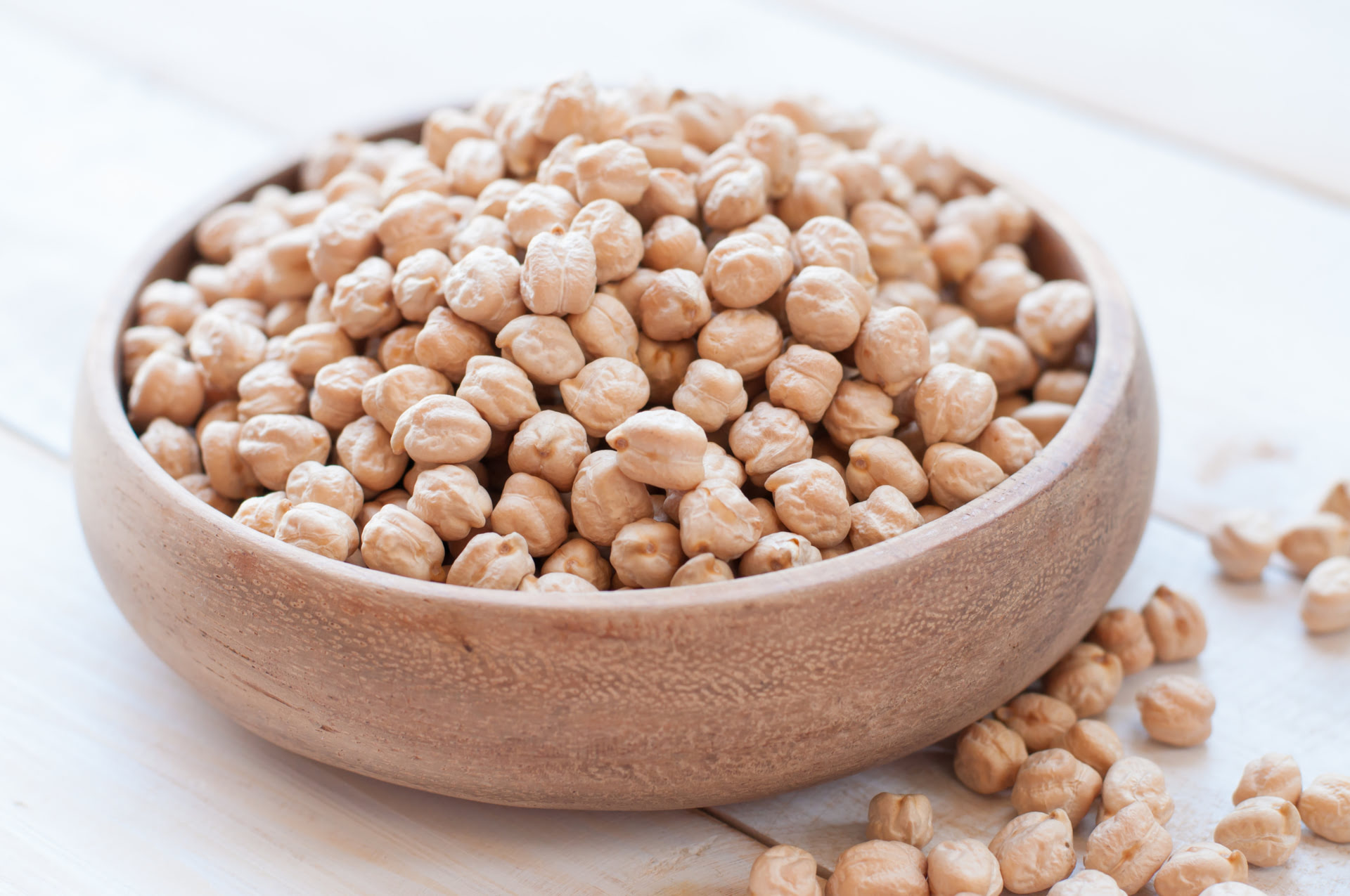

Articles
How To Store Garbanzo Beans
Modified: December 7, 2023
Learn how to store garbanzo beans properly with our informative articles. Ensure your beans stay fresh and flavorful for longer.
(Many of the links in this article redirect to a specific reviewed product. Your purchase of these products through affiliate links helps to generate commission for Storables.com, at no extra cost. Learn more)
Introduction
Garbanzo beans, also known as chickpeas, are versatile legumes that are enjoyed in various cuisines around the world. These nutrient-packed beans are a great source of protein, fiber, and other essential nutrients. Whether you’re a fan of hummus, salads, or soups, having a stash of garbanzo beans in your pantry can be a convenient way to incorporate them into your meals.
In this article, we will explore the importance of storing garbanzo beans properly and provide you with tips on how to prolong their shelf life. By following these guidelines, you can ensure that your garbanzo beans remain fresh, flavorful, and ready to use whenever you need them.
Key Takeaways:
- Store garbanzo beans in airtight containers to preserve flavor, texture, and nutrients. Proper preparation and regular checks ensure freshness and quality, enhancing your culinary creations.
- Choosing the right container, preparing beans, and regular maintenance are key to prolonging garbanzo beans’ shelf life. Enjoy the benefits of a well-stocked pantry with flavorful and nutritious beans.
Read more: How To Store Cooked Garbanzo Beans
Why Store Garbanzo Beans
Storing garbanzo beans properly is crucial for several reasons. First and foremost, it helps to preserve their flavor, texture, and nutritional value. When garbanzo beans are exposed to air, moisture, and sunlight, they can quickly lose their freshness and become stale. By storing them correctly, you can extend their shelf life and ensure that they maintain their quality.
Another reason to store garbanzo beans is for convenience. Having a supply of dried garbanzo beans on hand means that you can whip up a batch of homemade hummus or add them to your favorite recipes at a moment’s notice. It eliminates the need for last-minute trips to the grocery store and allows for more flexibility in meal planning.
Moreover, storing garbanzo beans can also help you save money. Buying dried beans in bulk is often a more economical option compared to purchasing canned beans. By properly storing them, you can take advantage of sales or discounts and stock up on a versatile and nutritious pantry staple without breaking the bank.
Lastly, storing garbanzo beans allows you to have control over the quality and source of your beans. When you store them at home, you can choose organic or locally sourced beans, ensuring that you are getting the best possible product. You can also avoid additives or preservatives commonly found in canned beans, and have the freedom to season or flavor them according to your preference.
Overall, storing garbanzo beans is beneficial for preserving flavor, convenience, cost-effectiveness, and quality control. Let’s now explore the best methods for storing garbanzo beans to ensure their longevity.
Choosing the Right Container
When it comes to storing garbanzo beans, choosing the right container is essential to maintain their freshness and prevent spoilage. Here are some factors to consider when selecting a container for your garbanzo beans:
- Airtightness: The container you choose should be airtight to prevent air and moisture from entering and causing the beans to spoil. Look for containers with a tight-fitting lid or locking mechanism.
- Material: Opt for containers made of food-safe materials, such as glass, plastic (BPA-free), or stainless steel. Glass jars or containers with opaque or tinted walls can also help to protect the beans from exposure to light.
- Size: Consider the quantity of garbanzo beans you wish to store and choose a container that will comfortably accommodate them. It’s a good idea to leave some extra space in the container to allow for movement and airflow.
- Ease of Use: Look for containers that are easy to open and close, as well as ones that are stackable to maximize storage space.
Additionally, it’s important to ensure that the chosen container is clean and dry before transferring the garbanzo beans. Any residual moisture or food particles can promote the growth of mold or pests, compromising the quality of the beans.
If you prefer to store garbanzo beans in the original packaging, ensure that the package is tightly sealed and intact. Consider transferring the beans to a separate airtight container if the original packaging is not resealable or if it is nearing its expiration date.
By selecting the right container, you can create an ideal storage environment that protects garbanzo beans from external factors and helps to maintain their freshness and quality for an extended period.
Preparing Garbanzo Beans for Storage
Before storing garbanzo beans, it’s important to properly prepare them to ensure optimal storage conditions and prevent any issues down the line. Here are the steps to follow when preparing garbanzo beans for storage:
- Cleaning: Start by sorting through the beans and removing any damaged, discolored, or shriveled ones. Also, check for any impurities such as stones or dirt and discard them. Rinse the beans thoroughly under running water to remove any dust or debris.
- Soaking: Soaking garbanzo beans before storage can help to reduce their cooking time and improve their texture. Place the cleaned beans in a large bowl and cover them with plenty of water. Allow them to soak overnight or for at least 8 hours. Drain and rinse the beans before proceeding.
- Drying: After soaking, it’s essential to ensure that the beans are completely dry before storing them. Spread them out on a clean kitchen towel or a baking sheet lined with parchment paper. Allow them to air dry for a few hours or until they are no longer wet to the touch.
- Optional Humidity Control: If you live in a humid environment or plan to store the beans for an extended period, you may consider adding a moisture-absorbing packet or desiccant to the container. This helps to prevent moisture buildup and maintain the integrity of the garbanzo beans.
By following these preparation steps, you can ensure that your garbanzo beans are clean, dry, and ready for storage. This helps to minimize the risk of mold or bacterial growth and allows the beans to stay fresh and flavorful for a longer period.
Store dried garbanzo beans in an airtight container in a cool, dry place, away from direct sunlight. This will help to preserve their freshness and prevent them from spoiling.
Storing Garbanzo Beans
Once you have prepared your garbanzo beans for storage, it’s time to find the ideal location and conditions to keep them fresh and ready for future use. Here are some guidelines on how to store garbanzo beans:
- Cool and Dry: Choose a cool and dry location to store your garbanzo beans. Avoid areas with high humidity or direct sunlight, as these factors can cause the beans to spoil or lose their quality. A pantry or kitchen cabinet away from heat sources is an ideal spot.
- Airtight Container: Transfer the dried, clean, and prepared garbanzo beans into an airtight container. Ensure that the container has a tight-fitting lid to prevent air, moisture, and pests from entering.
- Labeling: Consider labeling the container with the date of storage to track their freshness. This way, you can easily identify the age of the beans and prioritize using the oldest ones first.
- Storage Duration: Garbanzo beans, when stored properly, can typically last for up to a year. However, it’s always recommended to check for signs of spoilage, such as mold, off-putting odor, or unusual discoloration, before using them.
It’s worth noting that garbanzo beans can also be stored in the freezer for an even longer shelf life. For freezer storage, place the dried beans in a freezer-safe, airtight container or freezer bag. Remember to leave some space for expansion and remove as much air as possible before sealing. Frozen garbanzo beans can last for up to two years if properly stored.
Remember that once the container is opened, it’s important to reseal it tightly to maintain the freshness of the remaining beans. Each time you open the container, expose the beans to air for the shortest duration possible to minimize any potential quality loss.
By following these storage guidelines, you can ensure that your garbanzo beans remain fresh, flavorful, and ready to elevate your culinary creations whenever you need them.
Read more: How To Store Beans
Checking and Maintaining Stored Beans
Regularly checking and maintaining your stored garbanzo beans is crucial to ensure their quality and prevent any issues. Here are some tips to help you keep your stored beans in optimal condition:
- Visual Inspection: Periodically inspect the stored garbanzo beans for any signs of mold, insect infestation, or unusual discoloration. If you notice any of these indicators, discard the affected beans and thoroughly clean the container before storing new beans.
- Aroma Test: Give the stored garbanzo beans a quick sniff. If you detect any unpleasant or off-putting odor, it’s a sign that the beans may have gone bad and should be discarded.
- Rotation: To ensure that you use the oldest garbanzo beans first, practice a first-in, first-out (FIFO) approach. When you purchase or harvest fresh beans, place them behind the older ones in your storage area.
- Temperature Control: Aim to keep the storage area at a consistent, cool temperature to help prolong the shelf life of the beans. Extreme temperatures can accelerate deterioration, so avoid storing them near heat sources or in overly cold environments.
- Hygiene: Maintain cleanliness in the storage area and the containers. Regularly wipe down the storage shelves and remove any spilled beans or debris to prevent contamination.
Additionally, if you notice any signs of moisture or condensation inside the container, it’s essential to address the issue promptly. Remove the affected beans, dry out the container, and double-check the seal. Moisture can lead to mold growth or spoilage, so a dry environment is crucial for preserving the quality of your stored garbanzo beans.
Remember that garbanzo beans, like any food item, have a limited shelf life, even under ideal storage conditions. While proper storage helps to prolong their freshness, it’s always a good practice to consume them within a reasonable time frame to enjoy their best flavor and nutritional value.
By regularly checking and maintaining your stored garbanzo beans, you can ensure that they remain in top condition and ready to enhance your favorite dishes.
Potential Storage Issues
While proper storage techniques can help maintain the quality of garbanzo beans, there are several potential storage issues to be aware of. It’s important to address these issues promptly to prevent spoilage and ensure the longevity of your stored beans. Here are some common storage issues and how to overcome them:
- Mold and Moisture: Excessive moisture can lead to the growth of mold on garbanzo beans. To prevent this, ensure that the beans are thoroughly dry before storing them and that the storage container is airtight. If you notice any signs of mold, discard the affected beans and inspect the container for any moisture buildup.
- Pest Infestation: Weevils, moths, and other pests can find their way into stored beans. To minimize the risk of infestation, store garbanzo beans in airtight containers and periodically inspect them for any signs of insects. If you notice any pests, remove the affected beans and clean the storage area thoroughly.
- Rancidity: Over time, garbanzo beans can become rancid due to the oxidation of oils present in the beans. To prevent this, store the beans in a cool, dark place away from direct sunlight. It’s also advisable to use freshly harvested or purchased beans and avoid storing them for excessively long periods.
- Loss of Nutritional Value: While properly stored garbanzo beans can retain their nutritional value, prolonged storage can lead to the gradual loss of certain nutrients. To reap the maximum benefits from the beans, consume them within a reasonable time frame and prioritize using the oldest beans first.
By being vigilant and addressing these potential storage issues, you can ensure that your garbanzo beans remain fresh, safe, and enjoyable to consume.
Conclusion
Properly storing garbanzo beans is essential to maintain their flavor, texture, and nutritional value. By following the guidelines outlined in this article, you can ensure that your garbanzo beans remain fresh and ready for use in your favorite dishes for an extended period.
Choosing the right container, such as an airtight one made of food-safe materials, is crucial to protect the beans from air, moisture, and pests. Preparing the beans by cleaning, soaking, and drying them helps to ensure optimal storage conditions and prevent spoilage.
Finding a cool and dry location, away from direct sunlight and high humidity, is important for storing garbanzo beans. Using airtight containers and practicing the first-in, first-out (FIFO) method helps to maintain freshness and prioritize the use of older beans.
Regularly checking and maintaining stored beans for signs of mold, pests, or unusual odors is essential to prevent spoilage and ensure the beans’ quality. Proper hygiene and temperature control in the storage area are also important factors in maintaining the beans’ longevity.
Remember that garbanzo beans, while able to be stored for up to a year, will gradually lose their flavor and nutritional value over time. It’s recommended to use them within a reasonable time frame to enjoy their best qualities.
By implementing these storage practices and addressing potential issues such as mold, moisture, pests, and rancidity, you can ensure that your garbanzo beans remain fresh, flavorful, and ready to enhance your culinary creations whenever you need them.
Now that you have a better understanding of how to store garbanzo beans, it’s time to put this knowledge into action and enjoy the delicious benefits of having a well-stocked pantry!
Frequently Asked Questions about How To Store Garbanzo Beans
Was this page helpful?
At Storables.com, we guarantee accurate and reliable information. Our content, validated by Expert Board Contributors, is crafted following stringent Editorial Policies. We're committed to providing you with well-researched, expert-backed insights for all your informational needs.


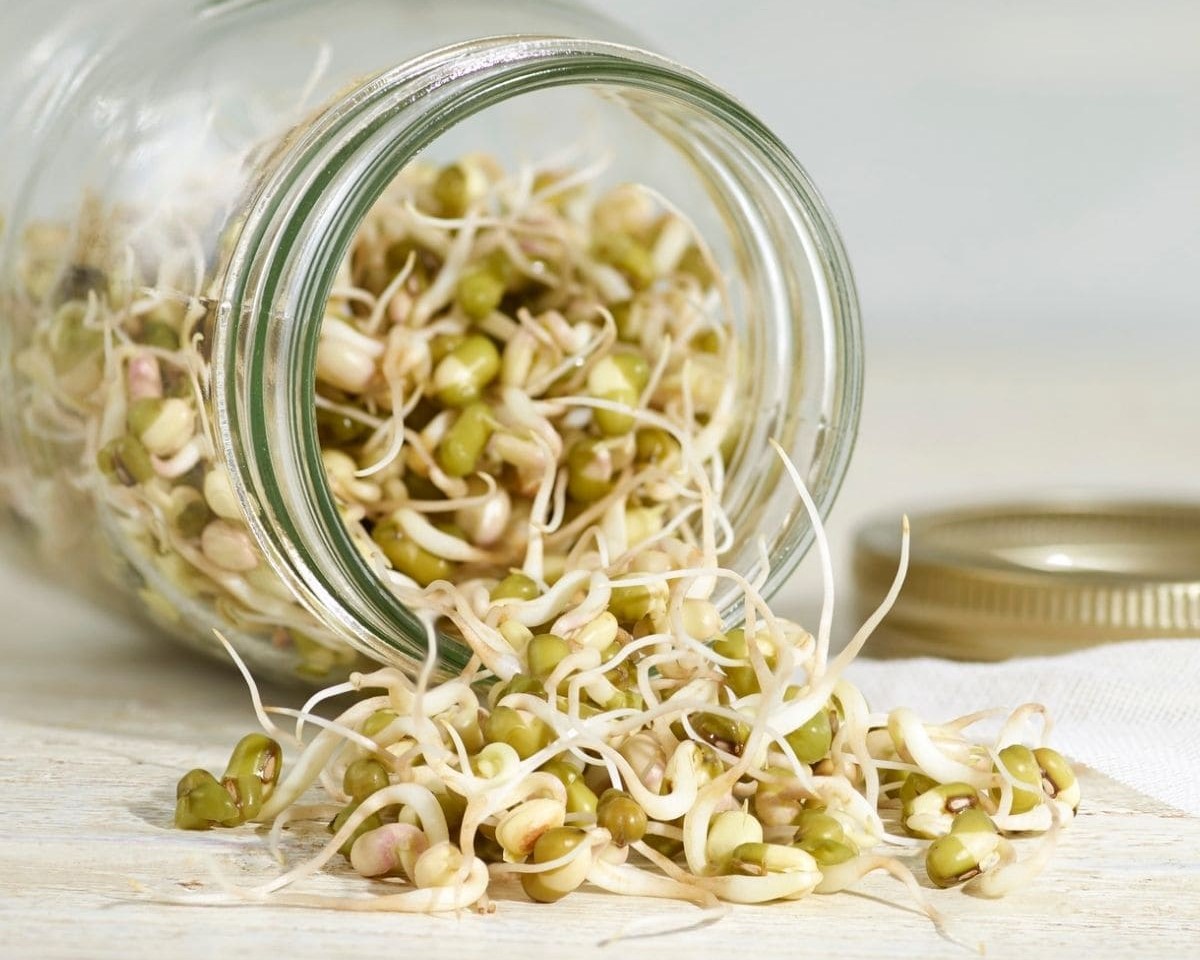
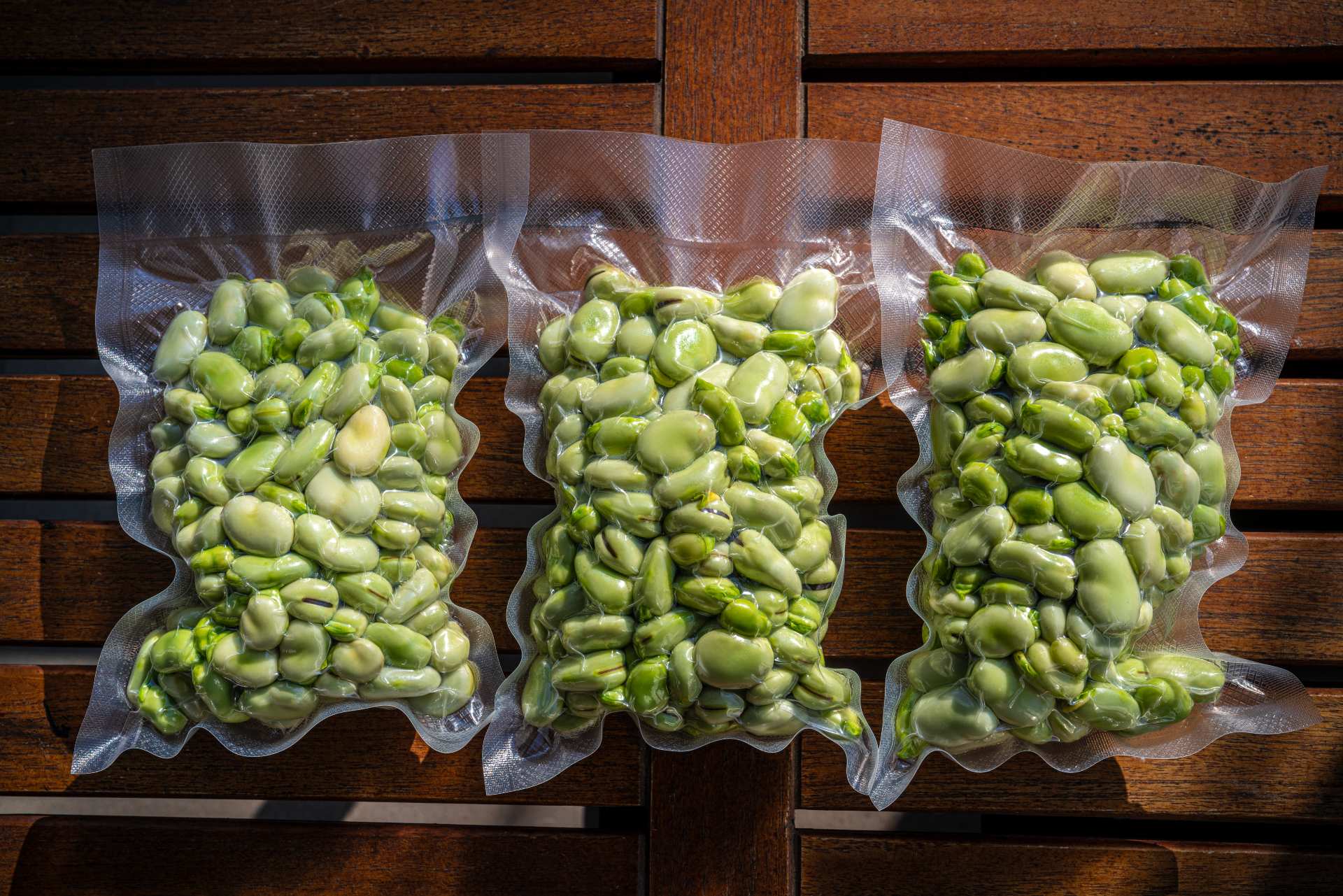
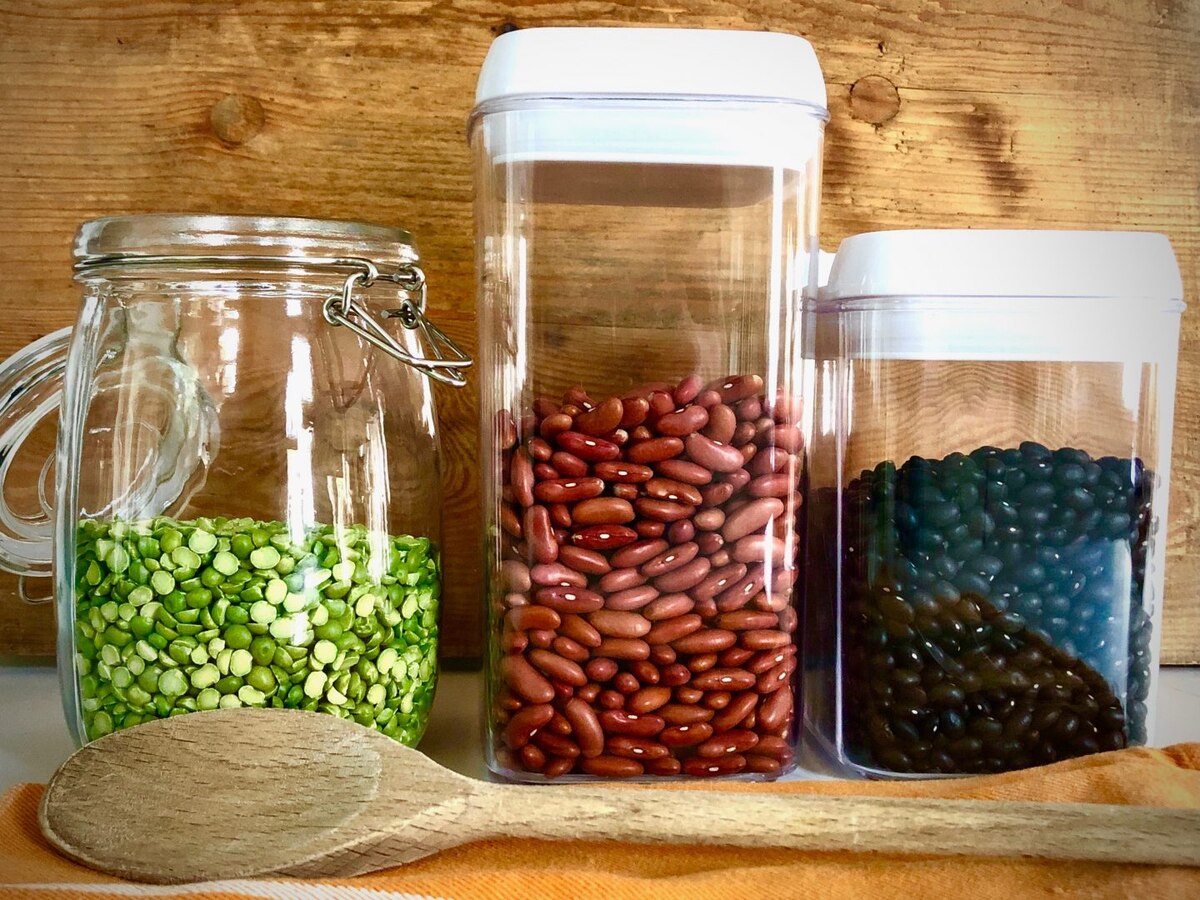
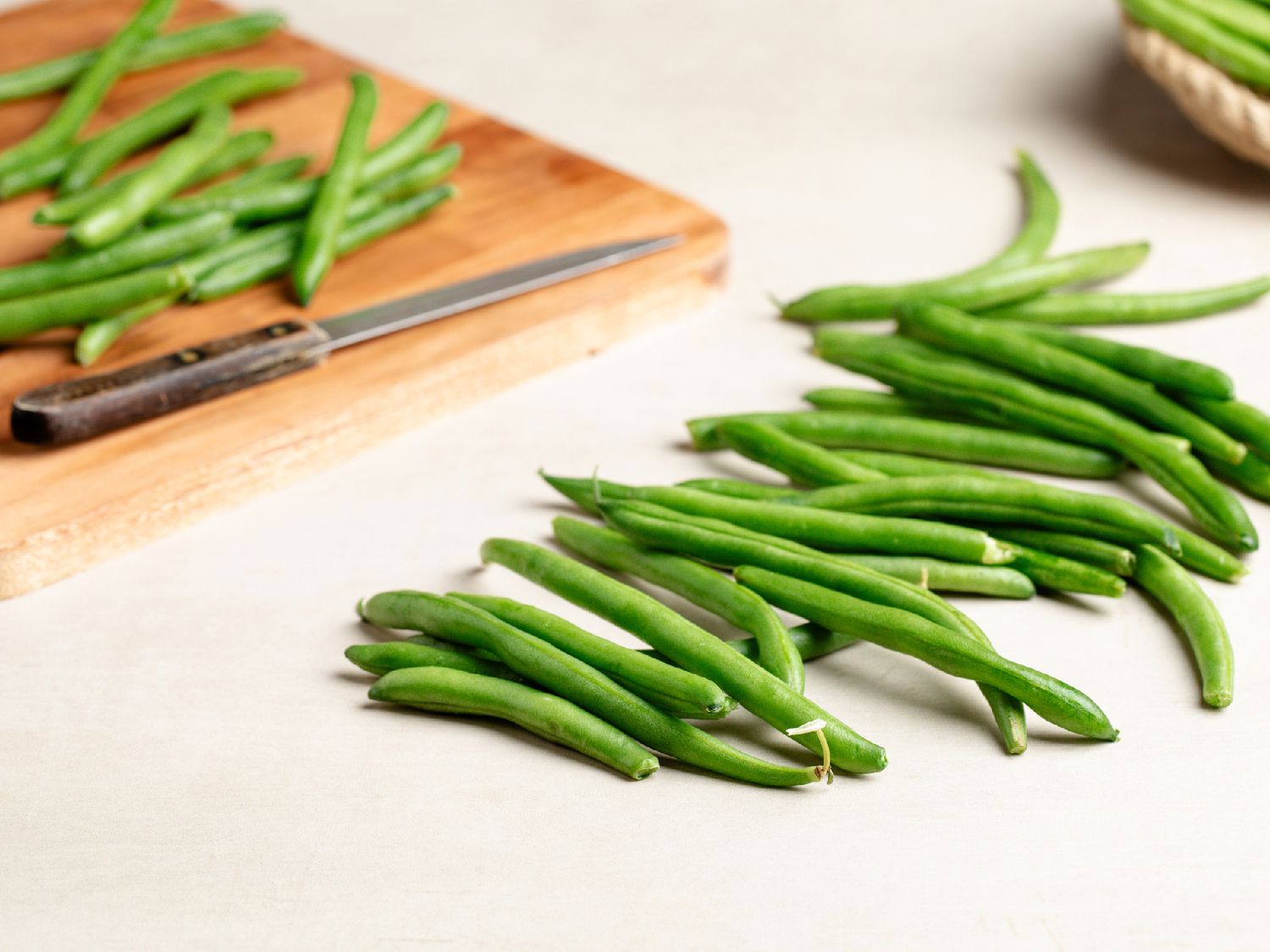


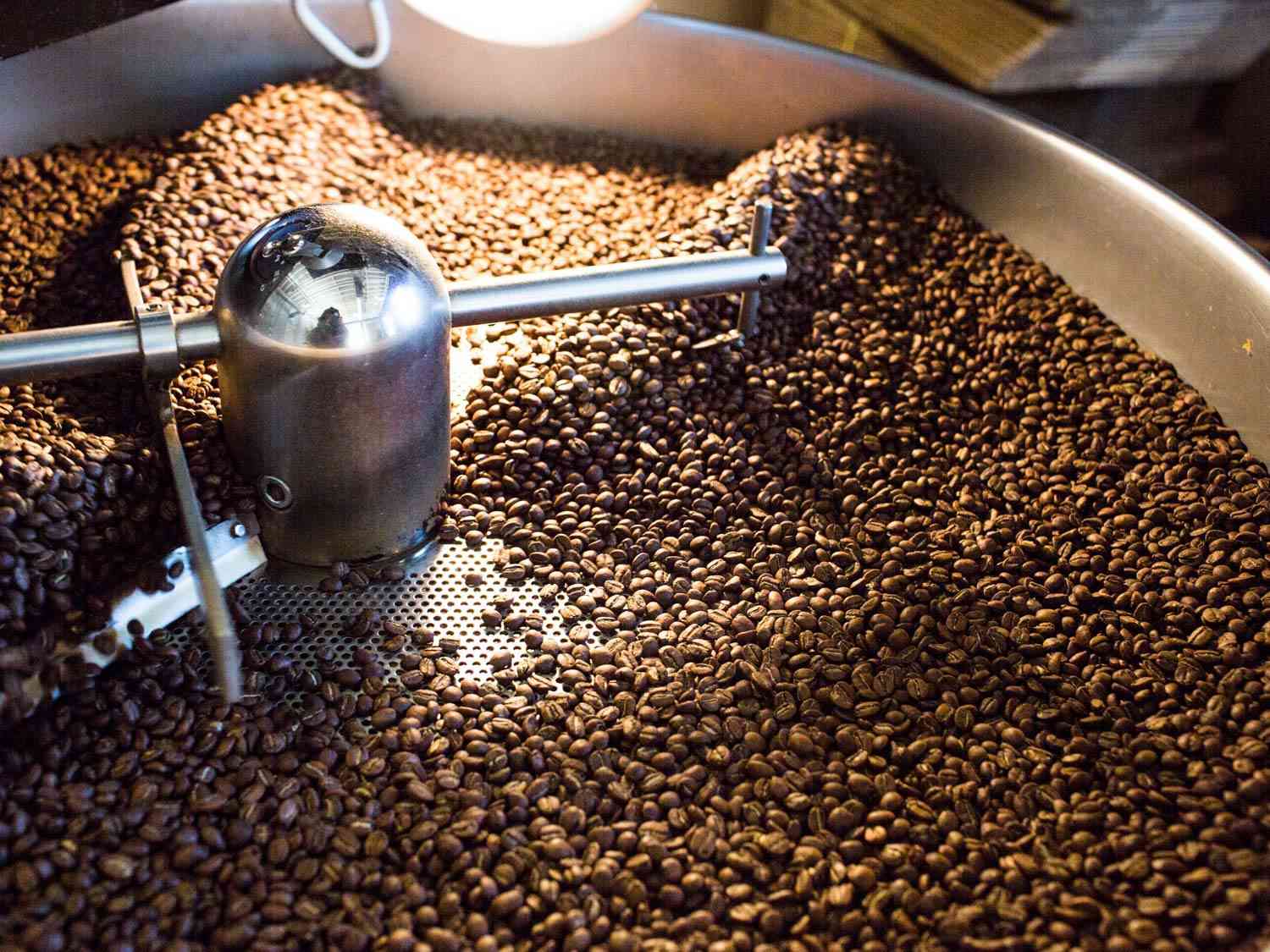
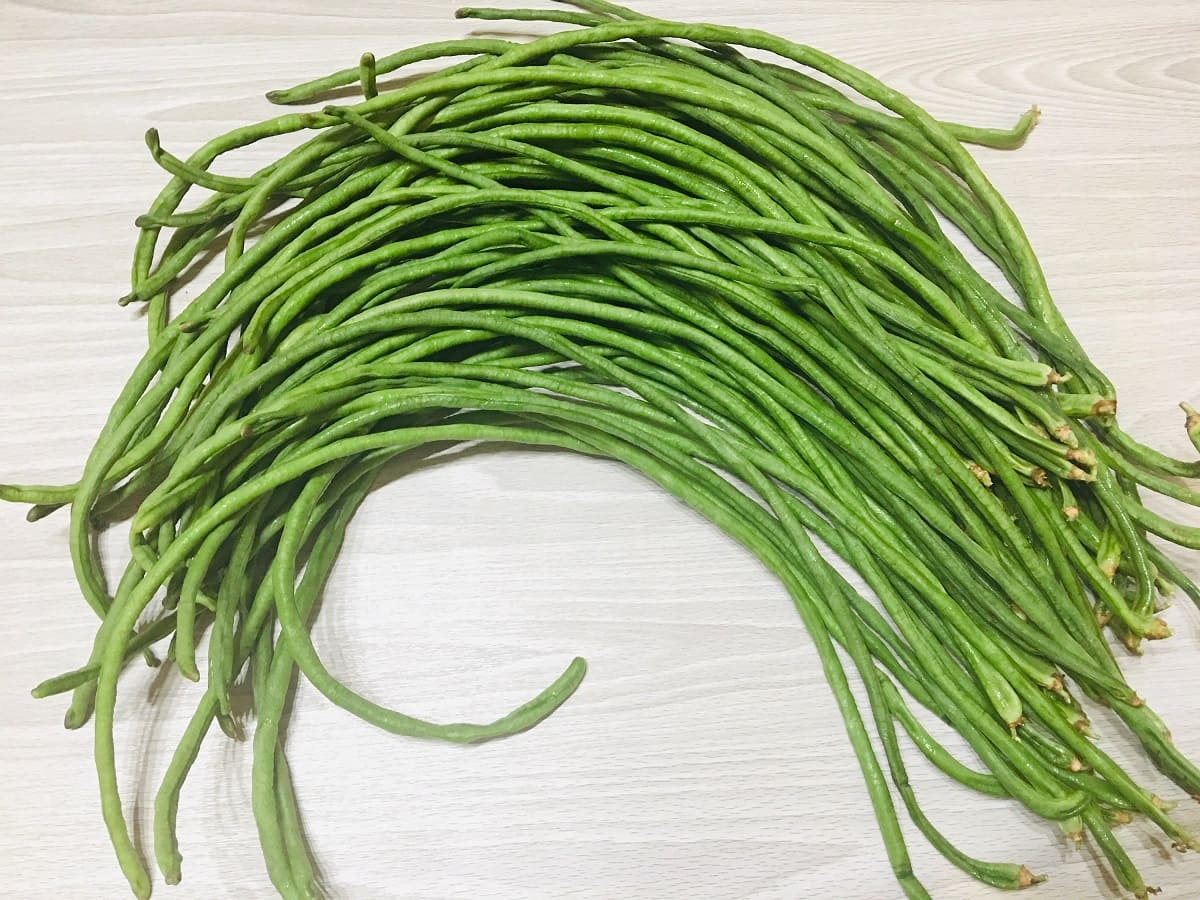
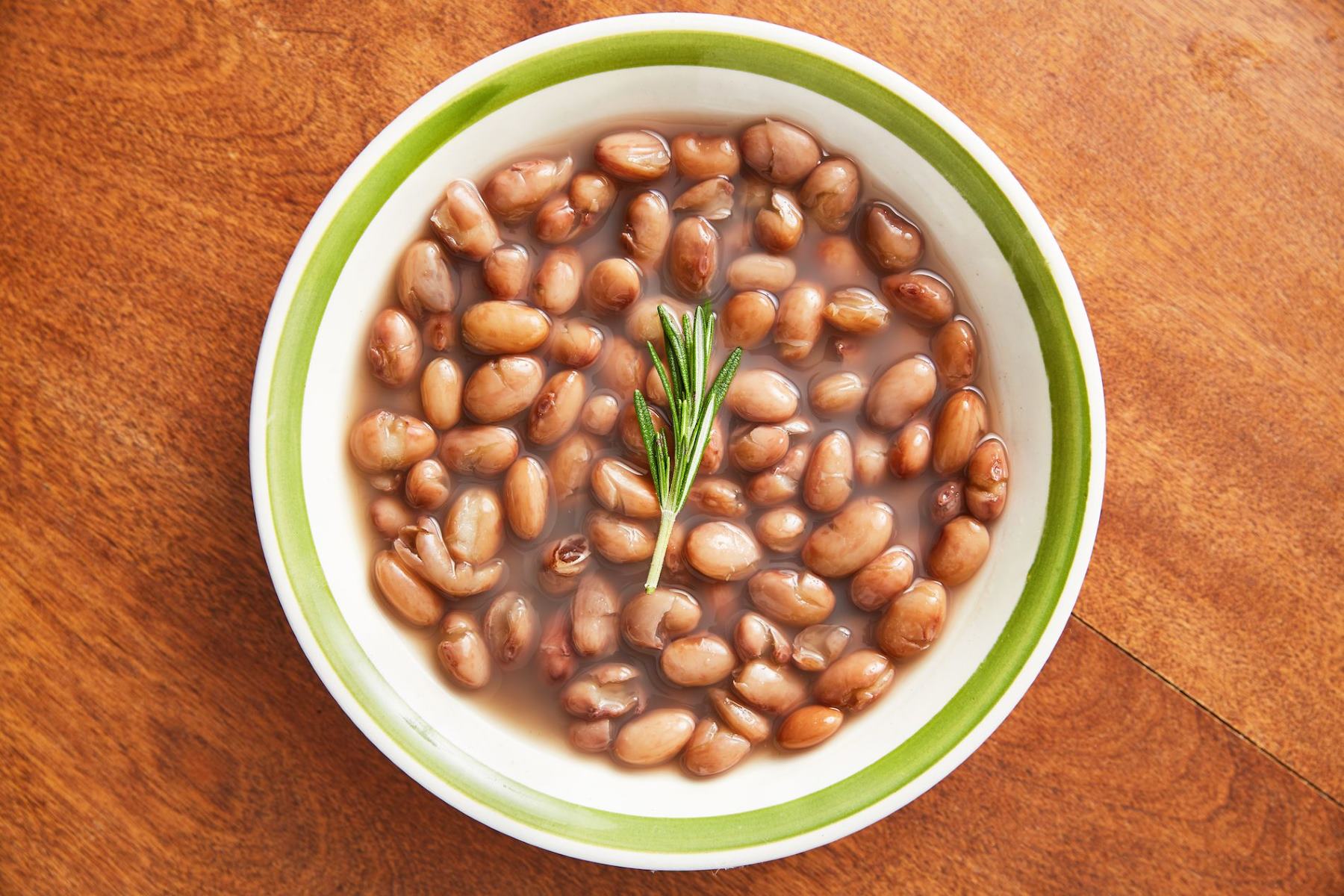
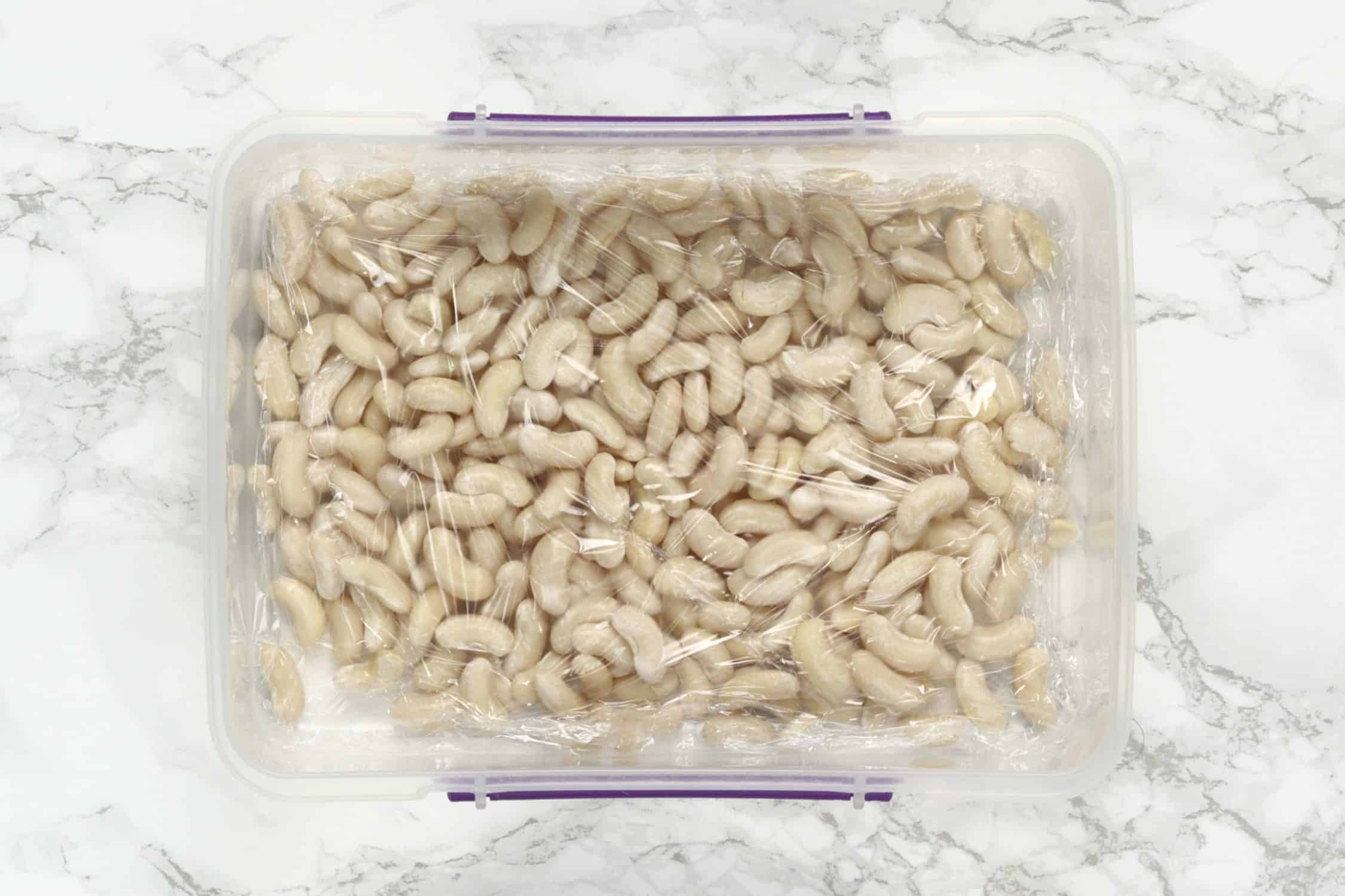
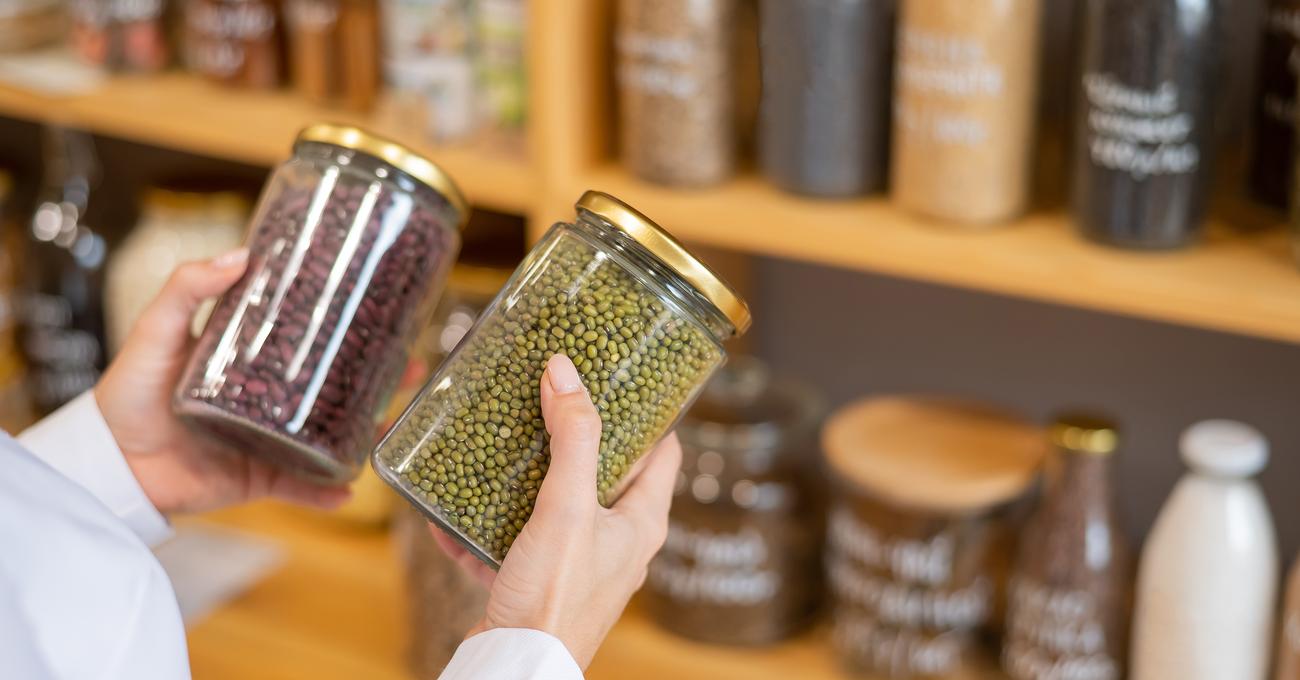


0 thoughts on “How To Store Garbanzo Beans”